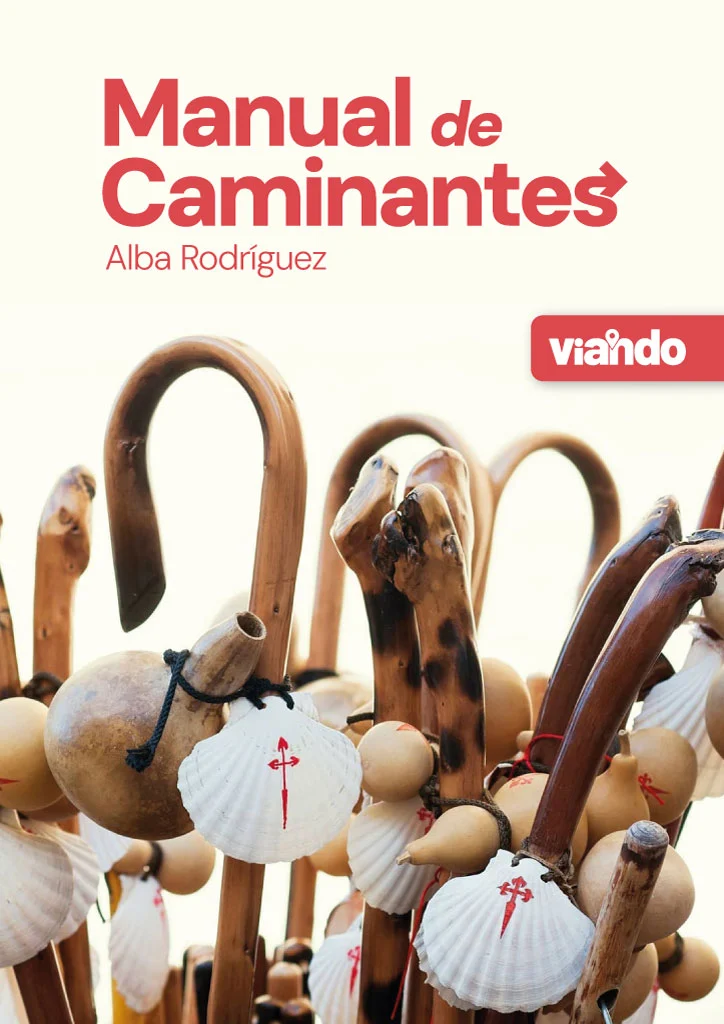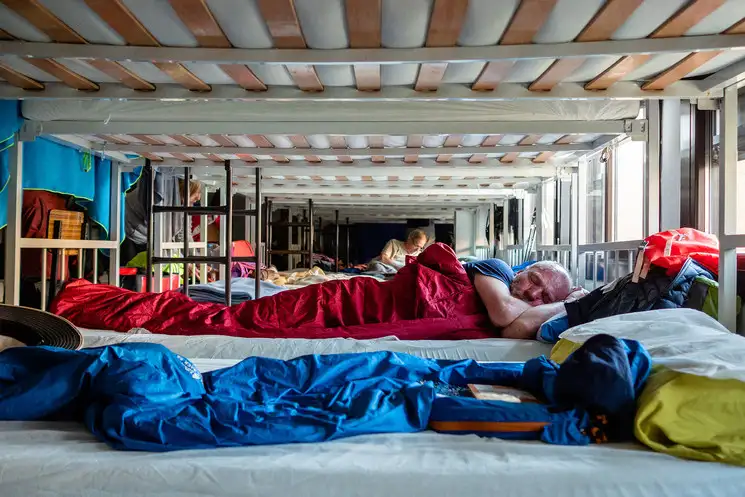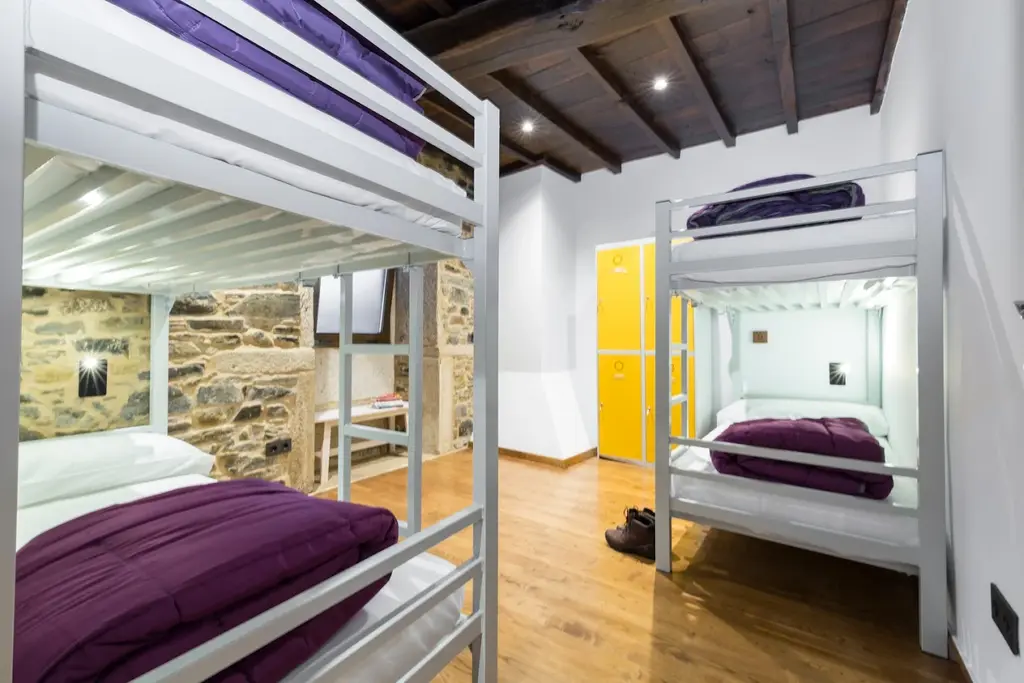Index
It's automatic: when we think of the Camino, we think of hostels. But did you know that there are other types of accommodation on the Camino de Santiago? There are alternatives to sharing a room and services in a hostel. And even among hostels, not all are the same or work in the same way. So here's our quick guide to decide which type is yours and start planning your Camino. Let's start
Hostels on the Camino de Santiago
Hostels are the default type of accommodation on the Camino de Santiago. Probably because, historically, the hotel offer has largely neglected the rural areas through which the Camino passes for the most part.
For many pilgrims, the Camino is synonymous with hostels. And the truth is that they are creating small communities of walkers and great friendships by sharing dinners, anecdotes and small parties at the end of the day. Not only among the pilgrims themselves. Also with the hospitaleras: the people who run or manage the hostels.
In any case, not all hostels are the same. And it pays to know the differences.
The first subtype is the religious lodgesrun by Christian congregations or by the parishes themselves. They usually charge on a donation basis in order to maintain the facilities and cover the daily costs of the service. They are therefore the most economical option.
Another type is the public sheltersThe aim of this network is to complement the accommodation offered by the religious hostels, and their facilities and prices vary depending on the type of Camino and the services they offer. The aim of this network is to complement the accommodation offered by the religious hostels, and their facilities and prices vary depending on the Camino and the services they offer.
Finally, there are also private shelterswhich in recent years have multiplied on all the routes. They are, a priori, the ones that offer the most complete services - because they need positive feedback from the people who visit them - and they also have a feature that other types of hostel do not have: the possibility of reserving space in advance. And this is not a minor issue. Especially in the times of greatest influx of pilgrims, when the hostels are full by mid-morning and the stages sometimes become a race to arrive in time to get a bed.
Guesthouses and inns
Although in recent years there has been a direct association between the Camino and albergue, the truth is that traditionally the accommodation that one could find on the pilgrimage to Compostela were pensions and inns. There are all kinds and all prices, although they usually have an intermediate price between the hostels and the next type: hotels.
In any case, it is worth bearing in mind that, although pensions and inns are often associated with lower quality accommodation than a hotel, this is not necessarily true on the Camino. Below we talk about this issue and why you should be careful with preconceived ideas about accommodation on the Camino.
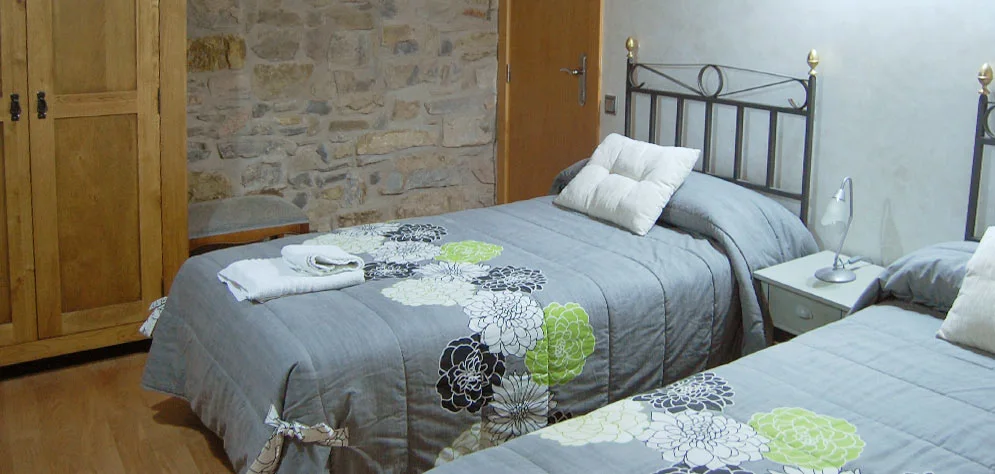
Hotels and rural houses
The third major type of accommodation is hotels. And, as in the others, there are all kinds. From small hotels with charm and a lot of history to large hotel chains that have seen in the Camino a destination with great potential and want to complete the offer for the most demanding walkers.
You may also be interested in: Doing the Way of Saint James: 5 reflections to know if you are ready for it
There is a current of opinion among some pilgrims who consider that hotels are contrary to the spirit of the Camino de Santiago. From our point of view, this is usually related to a somewhat limited and narrow conception of what the Camino is. Especially because nowhere is it written that the pilgrimage to Compostela should be done sleeping in bunk beds and in shared rooms.
It is true that the Camino de Santiago is a pilgrimage route, but there are many reasons why a person may want to embark on this adventure. And the best thing is that all of them are compatible with resting in the best conditions.
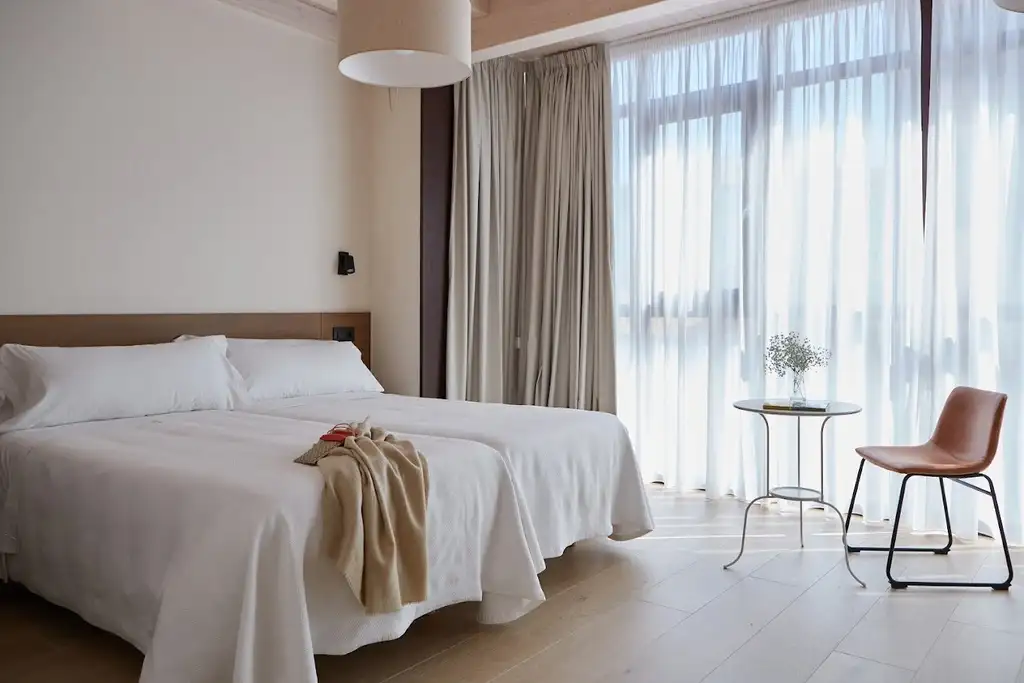
Other types of accommodation on the Way of St. James
In reality, the types of accommodation on the Camino de Santiago do not end with these three categories: albergues, pensions and inns and hotels. There are a multitude of variants of these types, especially of the latter two. From boutique inns to rural tourism houses - one of the most popular options - to restored monuments, old monasteries, etc.
Can you imagine sleeping in an old abbey, or in a restored rural palace?
About hotel categories
On the Camino de Santiago, the traditional division of accommodation by the number of stars is useless. Why? Because this system takes into account a number of elements such as the size of the room or bathroom, which can be more easily defined for newly built accommodation, but it is difficult to apply in restored or converted buildings such as pazos, manor houses, lighthouses, monasteries, etc., or traditional inns that have been serving pilgrims from all over the world for a century.
Moreover, taking into account that the Camino de Santiago passes mainly through rural areas, the accommodation on offer cannot be limited to hotels. Pensions, hostels, rural houses and other types of accommodation traditionally considered "of lesser quality" complete a range of possibilities on the Camino de Santiago on a par with the best hotels. For this reason, in Proguías we have decided to define the type of accommodation according to the quality of the accommodation and the services offered to the walker, and not so much on the basis of the square metres of the stay.
You may also be interested in: Note on the categories of accommodation we work with in Proguías

